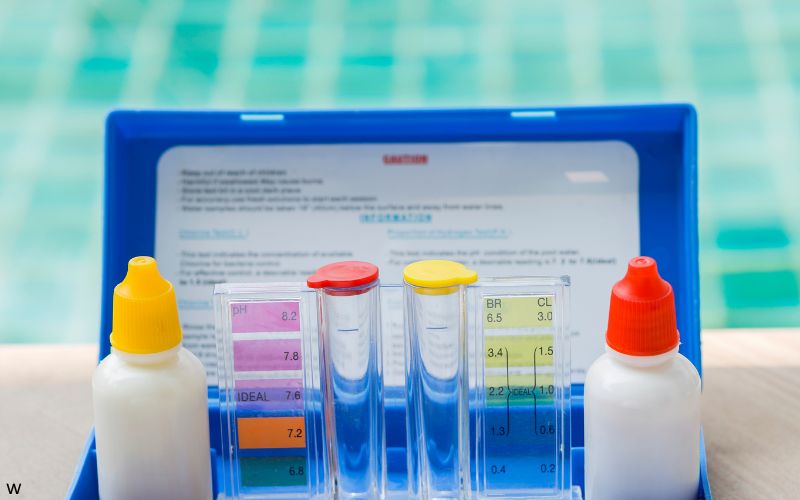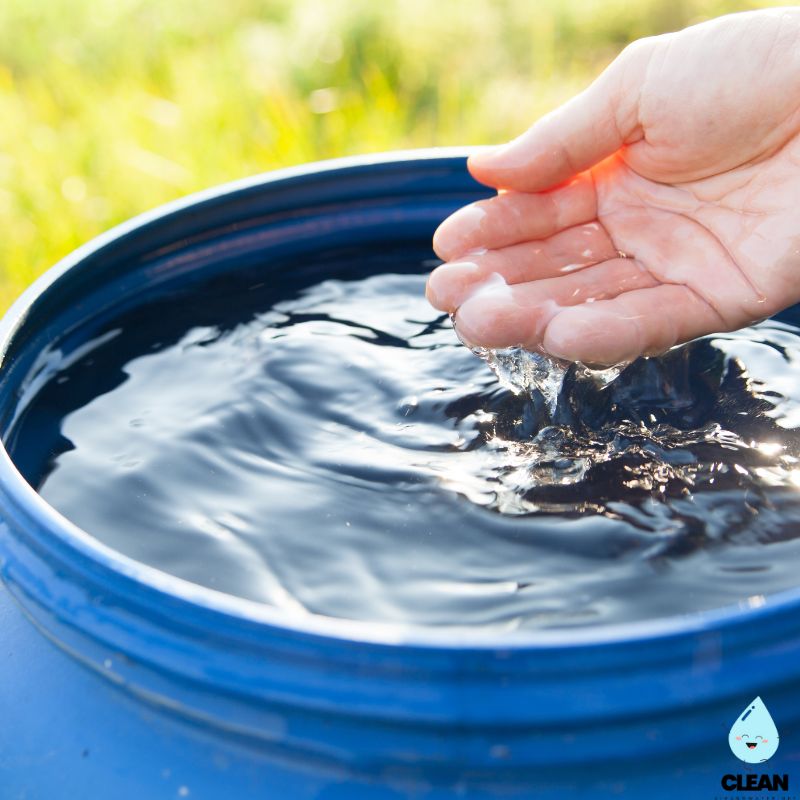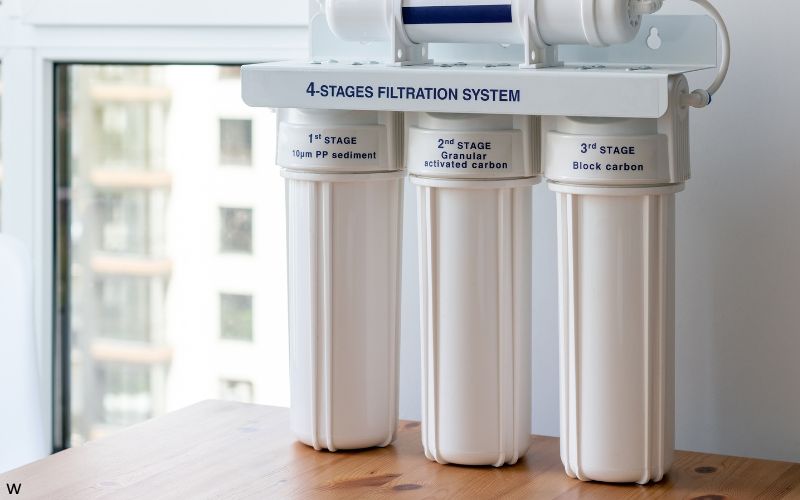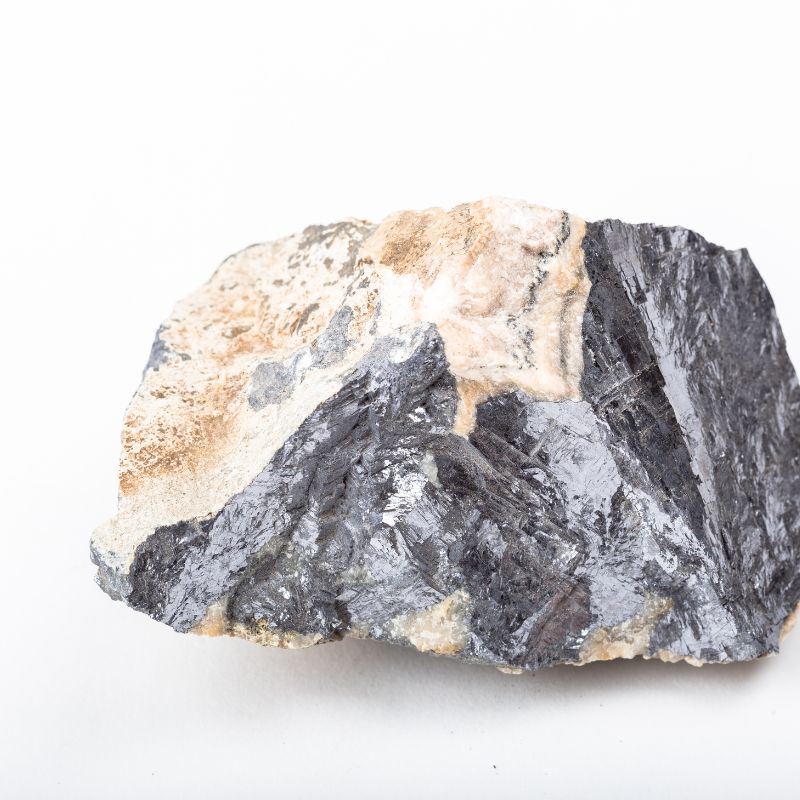Colorado Springs Water Quality at a Glance
notable concerns
Is Colorado Springs Water Safe to Drink?
Generally Yes, With Some Concerns – Colorado Springs water meets all federal and state regulations and benefits from high-quality mountain snowmelt sources. However, the water contains elevated chromium-6 levels and disinfection byproducts that exceed health guidelines. PFAS contamination is minimal with only trace PFBA detected at two facilities.
⚠️ Key Concerns for Colorado Springs Residents
- Chromium-6: Very high concentrations detected – far exceeding levels shown to pose cancer risk
- Disinfection Byproducts: Chloroform, bromodichloromethane, and haloacetic acids increasing cancer risk
- Historical Contamination: Peterson Air Force Base firefighting foam caused some localized PFAS issues
- Quality Rating: Below-average grade compared to other water providers due to higher contaminant levels
Read the full report below for detailed analysis, specific data, and actionable recommendations for Colorado Springs residents.
Colorado Springs – Colorado – Water Quality Report 2025: PFAS Testing, Infrastructure Concerns & Safety across your city
Colorado Springs Utilities manages a comprehensive water system serving over 500,000 residents across Colorado Springs and surrounding areas. Established in 1924, this municipally-owned utility operates a complex and diverse water system that includes over 2,000 miles of water mains, multiple reservoirs, and advanced treatment facilities, delivering approximately 74 million gallons daily to the region.
Colorado Springs draws its drinking water primarily from mountain snowmelt captured in high-altitude reservoirs, with approximately 75% coming from transmountain diversions from the western slope. The system includes water from the Arkansas, Colorado, and South Platte river basins, traveling over 100 miles through pipelines and tunnels. While Colorado Springs’ water benefits from pristine mountain sources and meets all federal regulations, the city faces ongoing challenges with chromium-6 contamination, disinfection byproducts, and maintaining infrastructure in this semi-arid region with limited local water resources.

Colorado Springs Water Quality: Current Status (2024-2025)
Latest Testing Results
- Lead Levels: The most recent testing period showed 90th percentile lead levels of 5 parts per billion (ppb), well below the EPA action level of 15 ppb. However, EPA, CDC and American Academy of Pediatrics recognize there is no safe level of lead for children.
- Chromium-6 Concerns: Colorado Springs has detected very high concentrations of hexavalent chromium (chromium-6) that far exceed levels shown to pose cancer risk, though this contaminant is not federally regulated.
- Compliance Status: Colorado Springs water meets all federal and state drinking water standards, but independent analysis shows the utility exceeds health guidelines for multiple contaminants including disinfection byproducts.
Mountain Water Sources
- Reservoir System: Primary sources include Rampart Reservoir and reservoirs on Pikes Peak, with additional supply from Homestake, Turquoise, and Twin Lakes reservoirs in the Arkansas River basin.
- Transmountain Diversions: The Blue River Pipeline and Homestake Project transport water from the western slope of Colorado through tunnels under the Continental Divide.
- Watershed Protection: Over 120,000 acres of protected watershed lands help ensure source water quality, though contamination from chromium-6 and disinfection byproducts occurs during treatment processes.
Treatment Technology and Challenges
- Multiple Treatment Plants: Six water treatment facilities including Pine Valley, McCullough, Tollefson, and Ute Pass utilize processes including coagulation, clarification, filtration, and chlorine disinfection.
- Disinfection Byproducts: Chlorine treatment creates trihalomethanes (TTHMs) and haloacetic acids (HAAs) that exceed health guidelines and increase cancer risk over long-term exposure.
- Corrosion Control: pH adjustment and zinc orthophosphate addition help prevent lead and copper leaching from plumbing materials, though homes built 1950-1988 may still have risks.
Infrastructure Investment
- Southern Delivery System: This $825 million project completed in 2016 provides water pipeline infrastructure from Pueblo Reservoir, increasing system capacity and resiliency for future growth.
- Distribution System Management: Ongoing replacement of aging infrastructure with approximately 15 miles of water mains upgraded annually, prioritized through advanced condition assessment technology.
- Smart Utility Network: Advanced metering infrastructure and real-time monitoring provide early leak detection, pressure management, and water quality surveillance throughout the system.
Customer Programs and Sustainability
Colorado Springs provides extensive customer support including conservation rebates, free irrigation audits, and payment assistance for qualified residents. The utility’s WaterSense program offers education on efficient water use practices critical in this semi-arid climate. Given the detection of chromium-6 and disinfection byproducts above health guidelines, residents may wish to consider appropriate NSF-certified filtration systems. The utility’s water quality reports are available annually, and residents can request free water testing for lead by calling (719) 448-4800, particularly recommended for homes built between 1950 and 1988.
Recommendations for Colorado Springs Residents

Schedule Water Testing
Request water quality testing by calling Colorado Springs Utilities at (719) 448-4800 or emailing waterquality@csu.org. Free lead testing is available for homes built between 1950 and 1988. Consider independent testing for chromium-6 and disinfection byproducts.

Join Conservation Programs
Apply for rebates on high-efficiency fixtures and smart irrigation controllers through the Conservation and Environmental Center. Call (719) 448-4800 or visit csu.org/conservation to learn more about available programs.

Consider Appropriate Filtration
Given detected chromium-6 and disinfection byproducts above health guidelines, consider NSF-certified filters specifically designed for these contaminants. Point-of-use reverse osmosis systems can effectively remove chromium-6 and many disinfection byproducts.

Practice Water Conservation
In this semi-arid climate, water conservation is essential. Convert water-intensive turf to xeriscape, water during early morning hours, install efficient fixtures, and monitor your water use through CSU’s online customer portal.

Report Water Issues
Contact Colorado Springs Utilities immediately at (719) 448-4800 for water main breaks, pressure problems, or quality concerns. For after-hours emergencies, call the 24-hour emergency line at the same number.
Quality News About Your Water
Get the comprehensive water quality news coverage you need with our dedicated US Water News Service. From coast to coast, we deliver in-depth reporting and expert analysis on PFAS contamination, EPA regulatory changes, infrastructure developments, and emerging water safety issues affecting communities nationwide. While mainstream media only covers the biggest stories, we provide the detailed, ongoing coverage that helps you understand the full scope of America’s water challenges. Whether you’re a concerned citizen, water professional, or community leader, our daily updates and analytical insights keep you informed about the issues that matter most to public health and environmental safety.
Frequently Asked Questions
Is Colorado Springs tap water safe to drink?
Colorado Springs’ tap water meets all federal and state drinking water standards, making it legally safe to drink. The city’s water comes from high-quality mountain sources with comprehensive treatment. However, independent testing shows the water contains chromium-6 levels that far exceed health guidelines and disinfection byproducts above recommended levels.
Lead levels are at 5 parts per billion (90th percentile), well below EPA action limits of 15 ppb. However, EPA, CDC and American Academy of Pediatrics recognize there is no safe level of lead for children. Homes built between 1950 and 1988 may have copper pipes with lead solder, and free testing is available for concerned residents.
Why does Colorado Springs have water restrictions?
Colorado Springs implements seasonal watering restrictions due to several factors:
• Semi-arid climate: The region receives only 16-18 inches of precipitation annually
• Limited local supply: Most water is transported from distant mountain watersheds
• Population growth: The city continues to expand, increasing demand
• Climate variability: Drought cycles and reduced snowpack affect supply
Standard summer restrictions limit outdoor watering to three days per week before 10 a.m. or after 6 p.m. These restrictions help manage peak demand and ensure system reliability. During severe drought, additional restrictions may be implemented based on reservoir levels and projected supply. Current restrictions are available at csu.org/waterrules or by calling (719) 448-4800.
What about chromium-6 in Colorado Springs water?
Colorado Springs has detected very high concentrations of hexavalent chromium (chromium-6), also known as the “Erin Brockovich chemical.” This highly toxic metal is monitored but not regulated by the EPA.
• Health Risk: Chromium-6 is a known carcinogen linked to lung, nasal and sinus cancers
• Current Levels: Far exceed the 20 parts per trillion level that may pose negligible cancer risk
• Source: May be due to industrial pollution or natural occurrences in mineral deposits
• Treatment: Standard water treatment does not remove chromium-6; specialized filtration is required
California has set a health advisory level because chromium-6 is not federally regulated. Residents concerned about exposure may consider NSF-certified filters designed specifically for chromium-6 removal.
How does Colorado Springs source its water?
Colorado Springs relies on a diverse and complex water collection system:
Local Sources (25% of supply):
• Pikes Peak collection system with reservoirs at high elevations
• North and South Slope reservoirs on Pikes Peak
• Rampart Reservoir in the Rampart Range
Transmountain Sources (75% of supply):
• Colorado River basin water via the Blue River Pipeline system
• Homestake Reservoir on the western slope
• Arkansas River basin water from Turquoise and Twin Lakes reservoirs
• Southern Delivery System pipeline from Pueblo Reservoir
This complex system involves moving water from the western side of the Continental Divide to the eastern side through tunnels and pipelines, some traveling over 100 miles to reach Colorado Springs. This diversified approach helps ensure water security even during drought conditions.
Water Quality Considerations

Water Hardness
Source: Natural calcium and magnesium minerals dissolved from mountain rocks as snowmelt travels to reservoirs
Effects: Scale buildup on fixtures, reduced soap lathering, potential appliance efficiency reduction, but contributes beneficial minerals to diet
Current Levels: Moderately hard at 120-170 mg/L (7-10 grains per gallon), varying seasonally with source water mix
Treatment: No municipal softening is performed; residents may choose point-of-entry softeners for household use

PFAS Monitoring
Source: “Forever chemicals” from industrial processes, firefighting foam, and consumer products that may enter water sources
Health Concerns: Potential immune system effects, hormone disruption, and other health impacts with long-term exposure to elevated levels
Current Status: Low-level detection of PFBA compound at two treatment facilities; levels meet EPA’s new regulatory standards with ongoing quarterly monitoring
Protection: Colorado Springs’ surface water sources from protected mountain watersheds result in lower PFAS risk compared to groundwater-dependent systems
Please read – our information
The information presented on cleanairandwater.net is compiled from official water quality reports, trusted news sources, government websites, and public health resources. While we strive for accuracy and thoroughness in our presentations, we are not scientists, engineers, or qualified water quality professionals.
Our mission is to present water quality information in an accessible, real-world format that helps people understand what’s in their water and make informed decisions about their health and safety. We believe that complex environmental information should be available to everyone in a format that’s easy to understand.
We make every effort to ensure our content is current and accurate, but we cannot guarantee that all information is complete or error-free. This website should not replace official communications from your local water utility or health department. We always recommend consulting official sources for the most up-to-date information regarding your specific water system.
Clean Air and Water is not liable for any unintentional errors, omissions, or outdated information. The content on this site is provided for informational purposes only and should not be considered professional advice.


